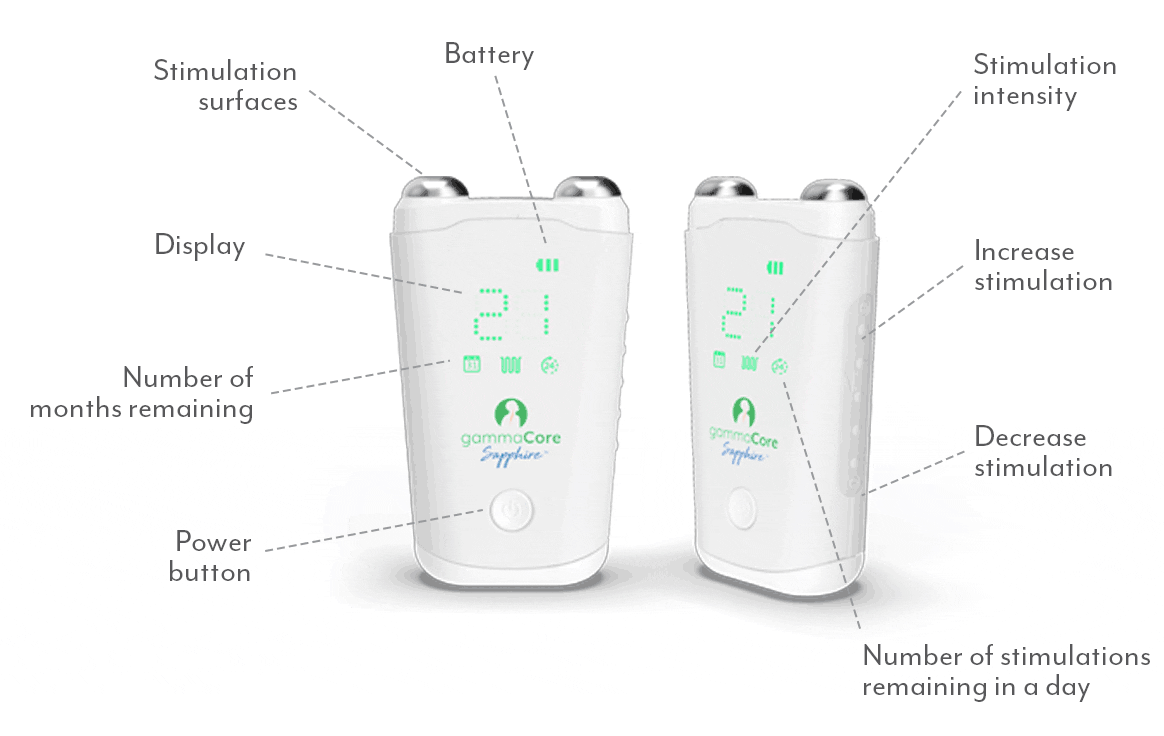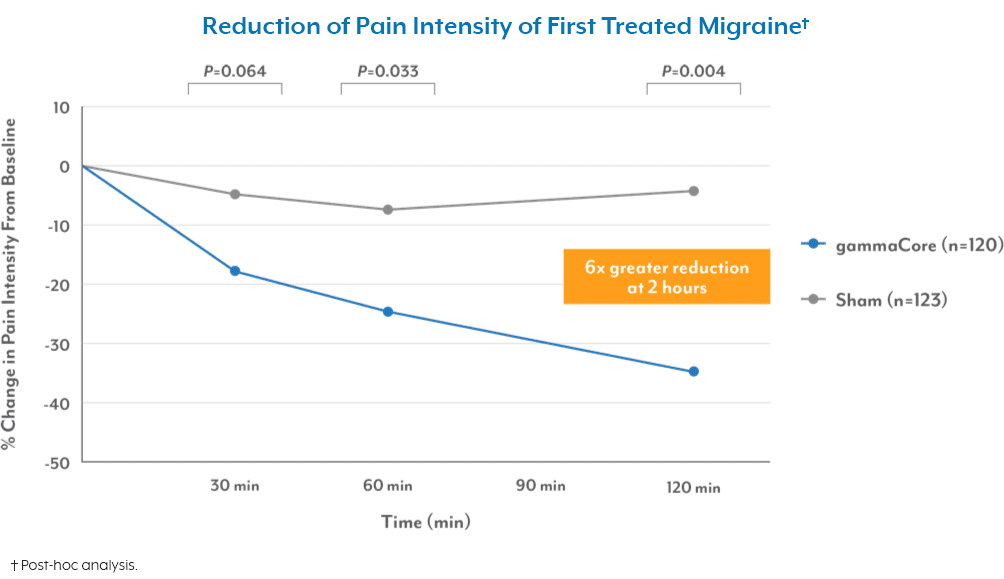
If you’re a migraine sufferer, have you ever noticed that your attacks often seem to strike during times of intense emotions? The link between big emotions and migraine is a fascinating yet complex topic that many people can relate to. Understanding how these emotions and migraine are interconnected is invaluable in being able to manage and even prevent painful attacks before they strike.
Understanding the Link Between Emotions and Migraine
Migraines are not just a physical ailment; they are deeply intertwined with our emotional well-being. When we experience heightened emotions, our bodies respond with physiological changes, such as increased heart rate and muscle tension. For migraine sufferers, these changes can set off a chain reaction, leading to the onset of a pounding headache.
When talking about the link between emotions and migraines, it’s crucial to understand how the brain processes and responds to various stimuli. The brain is a complex organ, and disruptions in its normal functioning can contribute to migraine attacks. Emotional triggers can activate certain areas of the brain, setting off a cascade of events that ultimately lead to the characteristic throbbing pain of a migraine.
Adolescents, Emotions, and Migraine
Puberty is a period of significant physical, hormonal, and psychological change for adolescents. The hormonal fluctuations during puberty, particularly estrogen and testosterone, can lead to mood swings, increased sensitivity to stressors, and heightened emotional responses. The brain also undergoes significant development during adolescence, particularly in regions involved in emotion regulation and decision-making, which can contribute to the intensity of emotions experienced during this time. On top of all these changes, many adolescents are navigating a period of increased social and peer interactions, identity formation, and autonomy-seeking, which can also contribute to heightened emotional experiences.
The combination of these factors during puberty can result in adolescents experiencing “big emotions”, such as intense joy, sadness, anger, and excitement, often more frequently and intensely than during other stages of development, making adolescents even more susceptible to migraines triggered by emotion.
The Stress Connection
One of the most reported triggers for migraine is stress. There is also evidence that stress may contribute to more chronic migraines,1 often leading to what is known as stress-induced migraines. Stress can wreak havoc on our bodies, whether it’s pressure at work, family issues, or financial concerns. When stress hormones flood our system, they causes that physiological “fight, flight, or freeze” response you know all too well.2 This biological change can set the stage for a painful migraine attack, especially in those who are predisposed to the condition. Stress also leads to muscle tension—chronic muscle tension in the shoulders, neck, and head is associated with migraine headaches.3
Anxiety and Migraine
While stress is a well-known culprit, anxiety and excitement can also play a role in triggering a migraine. The surge of adrenaline during these emotional states can lead to changes in blood flow and cause blood vessels to dilate and contract, potentially triggering a migraine in susceptible individuals. According to research, the relationship between anxiety disorders and migraine is bidirectional, meaning recurring migraines lead to anxiety and vice versa.4
Managing Emotionally Triggered Migraines
There are a few steps you can start taking now to help reduce the impact that migraines have on your daily life.
- Track Your Triggers: A good first step is to identify your triggers. Keeping a migraine diary to track emotional states, dietary habits, and sleep patterns can help pinpoint specific patterns in your migraine symptoms and the attacks. This information is crucial for developing a personalized migraine management plan with your health care provide.
- Stress Reduction Techniques: Learning and practicing stress management techniques, such as mindfulness and deep breathing exercises, can be invaluable. These techniques can help cope with emotional challenges and reduce the likelihood of triggering a migraine.
- Lifestyle Adjustments: Incorporating healthy habits into your daily routine can significantly impact migraine frequency and intensity. Prioritizing sufficient sleep, regular exercise, hydration, and a balanced diet contributes to overall well-being and helps mitigate migraine triggers.
- Migraine Toolkit: Migraines can be unpredictable. Keep a bag handy that includes the things you need to find relief in case a migraine strikes when you’re not expecting it, and keep your kit somewhere convenient so that you don’t have to worry about looking for it. Your kit might include over-the-counter pain medication, a sleeping mask to keep the light out, ear plugs, an ice pack, or noise-cancelling headphones—anything that will help you get through it.
Talk to Your Health Care Provider About Alternative Therapies
For those seeking long-term relief from the emotional rollercoaster of migraines, talk to your health care provider about alternative therapies, like gammaCore™ non-invasive vagus nerve stimulator (nVNS). This portable, handheld device is FDA-cleared and clinically proven to treat and prevent migraines in users ages 12 and up, making it the ideal solution for adolescents and adults alike. Treatments with gammaCore nVNS are quick and easy, taking less than five minutes. Use it twice daily to prevent migraines or up to 24 times a day for migraine relief wherever and whenever you need it.
To see if gammaCore is right for you, visit our clinic finder to locate a health care provider near you, or contact our dedicated Customer Experience team at 888-903-2673 or customerservice@electrocore.com.
References
1. Sauro, K. M., & Becker, W. J. (2009). The Stress and Migraine Interaction. Headache. https://doi.org/10.1111/j.1526-4610.2009.01486.x
2. Rowe, S. (2022, March 25). Yes, Stress Can Trigger Migraine Episodes — Here’s How to Handle Them. PsychCentral. Retrieved January 31, 2024, from https://psychcentral.com/stress/stress-induced-migraines
3. (2018, November 1). Stress effects on the body. American Psychological Association. Retrieved January 31, 2024, from https://www.apa.org/topics/stress/body
4. Kumar, R., Asif, S., & Bali, A. (2022). The Development and Impact of Anxiety With Migraines: A Narrative Review. Cureus, 14(6). https://doi.org/10.7759/cureus.26419



